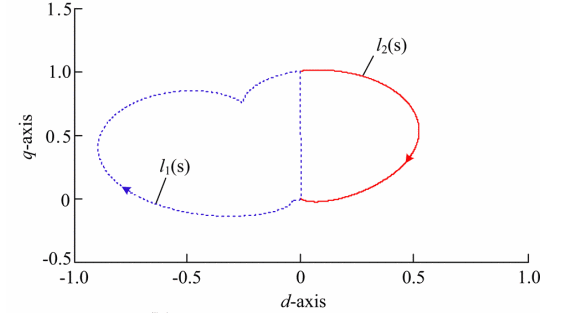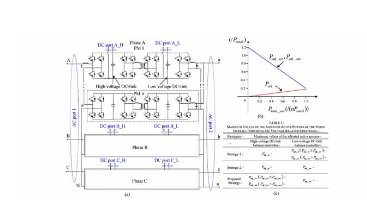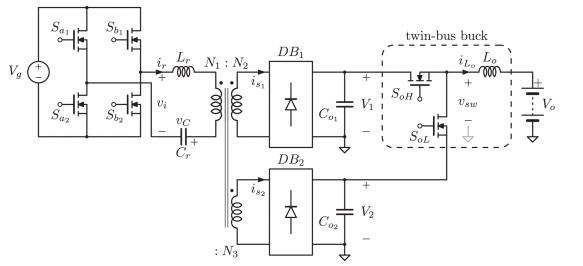Power electronic transformer with adaptive PLL technique for voltage-disturbance ride through
A novel PET for a distribution grid called a flexible power distribution unit is proposed in this paper, and the energy exchange mechanism between the network and the load is revealed. A 30 kW 600 VAC/220 VAC/110 VDC medium-frequency isolated prototype is developed and demonstrated. This paper also presents key control strategies of the PET for electrical distribution grid applications, especially under grid voltage disturbance conditions. Moreover, stability issues related to the grid-connected three-phase PET are discussed and verified with an impedance-based analysis. The PET prototype is tested, and it passes the voltage-disturbance ride-through function. The experimental results verify the power quality control abilities of the PET.
Source: IEEE Xplore
Statement: Respect the original, good articles worth sharing, if there is infringement please contact delete.
IEEE (pronounced "I-triple-E") stands for the Institute of Electrical and Electronics Engineers, a global professional organization dedicated to advancing technological innovation for the benefit of humanity. Founded in 1963 through the merger of the American Institute of Electrical Engineers (AIEE) and the Institute of Radio Engineers (IRE), IEEE has grown into the world’s largest technical professional society, with over 400,000 members across 160+ countries.












